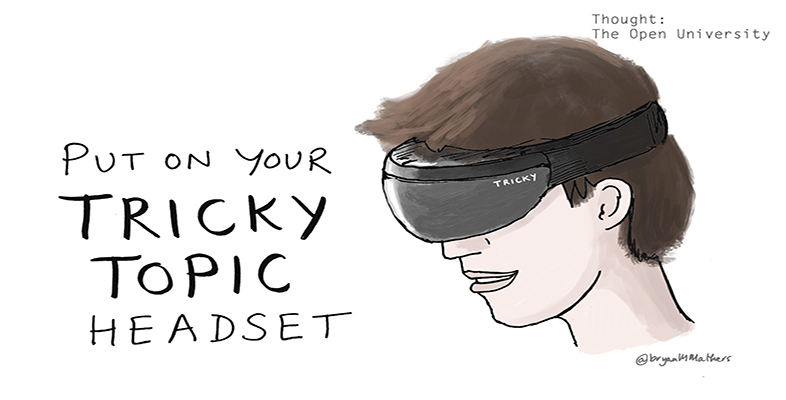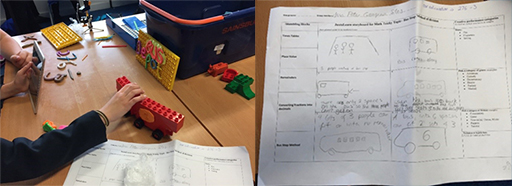The Creative video making intervention
(See Section 3.2 of Week 5 for the design of this intervention.)
UK secondary school mathematics teachers identified division by ‘bus stop method’ (previously known as ‘long division’) as a tricky topic for students aged 11–12. They broke down the tricky topic into the following stumbling blocks as follows:
- times tables
- place value
- converting fractions into decimals
- bus stop method
- remainders
It is very unusual to include a stumbling block of the same name as the tricky topic. In this example, the tricky topic was actually ‘long division’ but in school, the topic was referred to by the method that was taught (i.e. the ‘bus stop method’), and it was the bus stop method which was a major stumbling block for students.
The video-making intervention takes 4–5 hours. It can be run either within planned teaching hours, or as an extra-curricular activity, as follows:
- During maths classes: video-making intervention timetabled into five consecutive maths classes
- During lunch break: video-making intervention run over five weeks during Monday lunch time for pupils aged 12–13 attending remedial maths classes
- As an extra-curricular day out: students and teachers attend a full-day video-making tricky topics workshop at The Open University.
Students are provided with craft materials (e.g. iPads or flip video cameras) with which to perform their video stories. Students form groups of four or five and storyboard ideas for a video to explain the bus stop method. They can choose to address some or all of the stumbling blocks and work together to create their videos, developing their understanding together, explaining difficult concepts to each other and referring back to the teacher for expert information as necessary.
Misconceptions are revealed through this process. These can then be addressed by the teacher using the students’ own representations in terms that are meaningful to the students. By the end of this creative process, students have internalised the tricky topic. The following two examples illustrate how a misconception about division emerged with two different groups of students.

